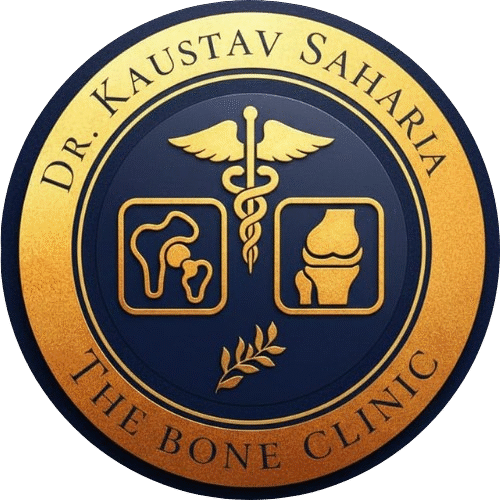
Deformity correction using the Ilizarov method is an orthopedic technique that uses a circular external frame to gradually correct bone deformities and limb length discrepancies by stimulating new bone and soft tissue growth through a process called distraction osteogenesis. The system consists of a ring-shaped fixator connected by wires and pins that is applied to a bone after a surgical cut (osteotomy). The frames are adjusted to slowly pull the bone fragments apart, typically at a rate of 1mm per day, to create and lengthen new bone tissue while aligning the limb.
What the Ilizarov Method Does
- Corrects deformities: Straightens bent or angled limbs, such as bowlegs or knock-knees.
- Lengthens limbs: Closes the gap between bones, making short legs longer.
- Treats complex fractures: Fixes fractures that have not healed properly (non-union) or bones with significant damage or loss (osteomyelitis).
The Ilizarov Apparatus
- Circular external fixator: A frame that surrounds the limb and is connected to the bone with thin, strong wires (smooth wires) and sometimes thicker pins (half pins).
- Hinges and adjustment mechanisms: These components allow the surgeon to control the gradual distraction and correction of the bone.
How It Works (Distraction Osteogenesis)
- Osteotomy: The surgeon makes a cut in the bone at the site of the deformity.
- Application of the fixator: The Ilizarov apparatus is applied to stabilize the bone fragments.
- Latency phase: A brief period (about 7-10 days) where no adjustment is made to allow the initial healing process to begin.
- Distraction phase: The fixator is gradually adjusted to pull the bone ends apart at approximately 1 millimeter per day.
- New bone formation: This gradual separation (distraction) stimulates the body to produce new bone, soft tissues, blood vessels, and nerves in the gap.
- Consolidation: The new bone gradually solidifies and hardens over time, creating a stronger and longer bone.
Key Benefits
- Gradual correction: Allows for safe, controlled, and precise correction of complex deformities.
- New bone formation: Creates new bone tissue without the need for grafts.
- Early weight-bearing: The stable, multiplanar frame can allow for early weight-bearing and rehabilitation, which helps reduce complications.
